Management / Articles
Six Sigma: Searching for the Perfect Process
Achieving (near) 100% accuracy is the goal of the Six Sigma method. Find out what it is and how to apply it.

 7 minutes of reading
7 minutes of reading
2022-12-29 17:24:23
Achieving (near) 100% accuracy is the goal of the Six Sigma method. Find out what it is and how to apply it.
Nothing less than perfection: this is the goal of the Six Sigma quality benchmark, which requires processes to deliver less than 3.4 defects per million units produced. Only within the reach of the most ambitious companies, this quality goal ensures consistency, efficiency, and customer satisfaction. Find out what it means.
What is Six Sigma?
Six Sigma is a quality improvement method that aims to reduce variations in processes so that the result is stable and predictable. The goal is to seek a standard of quality that can be reproduced, thus eliminating production failures.
This method seeks perfection using a mathematical and statistical approach. In fact, the word “Sigma” designates the Greek letter “σ”, which stands for standard deviation. The goal of the Six Sigma method is to reduce the number of defects to less than six times one standard deviation, or 3.4 defects per million occurrences – which is the same as saying that the results correspond exactly to what is expected in 99.99966% of the situations. The Six Sigma method uses a scale that determines the quality level of the process according to how close it is to the standard deviation of 3.4.
If the process features six Sigmas, three above and three below average, the defect rate is classified as “extremely low”. It is generally considered that, from the Sigma level 4 and onwards, the process is of a world-class level of quality.
What are the major benefits of Six Sigma?
The benefits of implementing Six Sigma are related to the reduction of process variability, a form of waste. Imagine you sell 1 liter of water for 1 euro. The smaller the standard deviation, the closer to 1 liter each bottle will be. If the bottle contains less than 1 liter, the customer will feel aggrieved. If the bottle contains more, the brand is losing money – and when this difference is multiplied by thousands of units, the financial impact is considerable.
Therefore, with Six Sigma, the greater the likelihood that a process will always generate the expected result, with minimal waste – and the advantage is twofold: customer loyalty and the achievement of the expected results. This is why brands such as 3M, Chevron, or Xerox have joined the mission to achieve and maintain the most demanding level of quality in the world. It is a reference for all companies with highly qualified products or services.
How to implement Six Sigma?
Implementing the Six Sigma method follows the logic behind many other continuous improvement tools. There are five phases: (D) Define, (M) Measure, (A) Analyze, (I) Improve, and (C) Control – the abbreviation is DMAIC. To better illustrate the process, take the example of hospital infections, which are a major concern, both in terms of public health and in economic and financial terms. In the United States alone, data point to the death of about 80,000 patients per year, which implies a cost of US$3 trillion per year nationwide.
(D) Define
The Six Sigma process begins by defining the problem that needs to be solved, always with a customer-centric approach. In this case, it would be something like: Reduce blood infections associated with catheter use in 100 intensive care units in Michigan hospitals in the next 12 months.
(M) Measure
The second phase focuses on the metrics and tools that will be used to measure the performance of the current process. For example, reduce the number of infections per 1,000 catheters from 12 to 3 per day.
(A) Analyze
In this phase, conclusions are drawn to find out what is influencing the process and to understand why it is happening. In the example considered, it would be something like analyzing the specific steps and procedures in the process that introduce the contagion.
(I) Improve
Once the reasons for the unwanted process variations have been identified, it is time to establish what is needed to keep the process within specifications. The continuous improvement team charged with reducing hospital infections could consider implementing a standardized checklist for all sanitization steps.
(C) Control
The goal of this last phase is to evaluate the level of success achieved with the changes and establish mechanisms capable of sustaining the results. It is about measuring the current state, comparing with the previous one, and implementing measures to maintain the results, such as training for everyone to internalize the new process and ensure execution.Lean Manufacturing and Six Sigma: what is the relationship?
The Lean approach aims to reduce or eliminate activities that do not add value to the process and may even involve removing unnecessary steps or merging several into one. Therefore, the Lean approach first removes waste from the process, and then Six Sigma tools can reduce process variations. The combination of these two methods helps develop streamlined processes with high efficiency and excellent results and can be applied in any company.
Somengil, at the forefront of process efficiency
Somengil shares the same goal as the Six Sigma method: to achieve process efficiency and quality. Specifically regarding industrial washing processes, Somengil created the MultiWasher, a machine which ensures flawless washing, without variation that compromises the hygiene of any utensil. In addition, it also ensures minimum use of resources, such as water, detergent, and energy, in order to minimize waste in the industrial washing process. Let the performance of the MultiWasher surprise you and see for yourself the impact this machine can have on your washing processes. Contact one of our consultants or schedule a webinar to see it in action.
You may also like
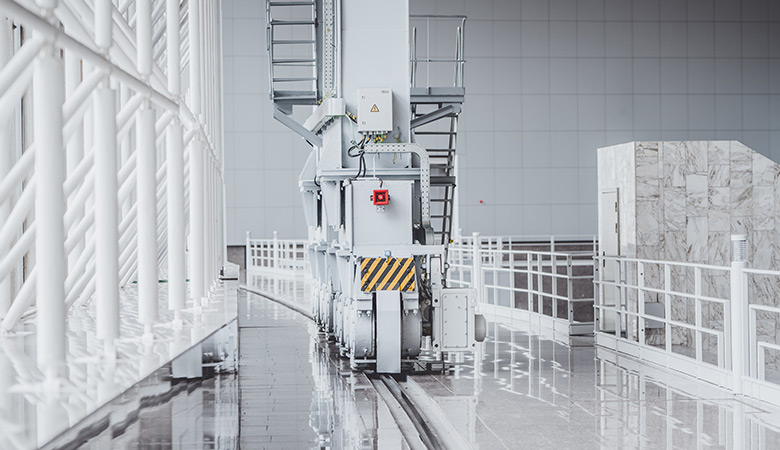
Management / Articles
Industry 4.0: what is and what it really means for companies
Industry 4.0 opened the flood gates to disruptive innovation. But what does it really mean for companies?
Posted in 2022-09-15

Management / Articles
5W2H: what is it, what are its advantages, how to use it
5W2H is a powerful method to describe problems in a simple way. Find out what it is and how to apply it.
Posted in 2023-01-05

Management / Articles
Capacity planning: how to make more with less
Not surprisingly, more than half of project managers identify budget overruns as a leading cause of project failure – such as delays and quality...
Posted in 2024-06-11

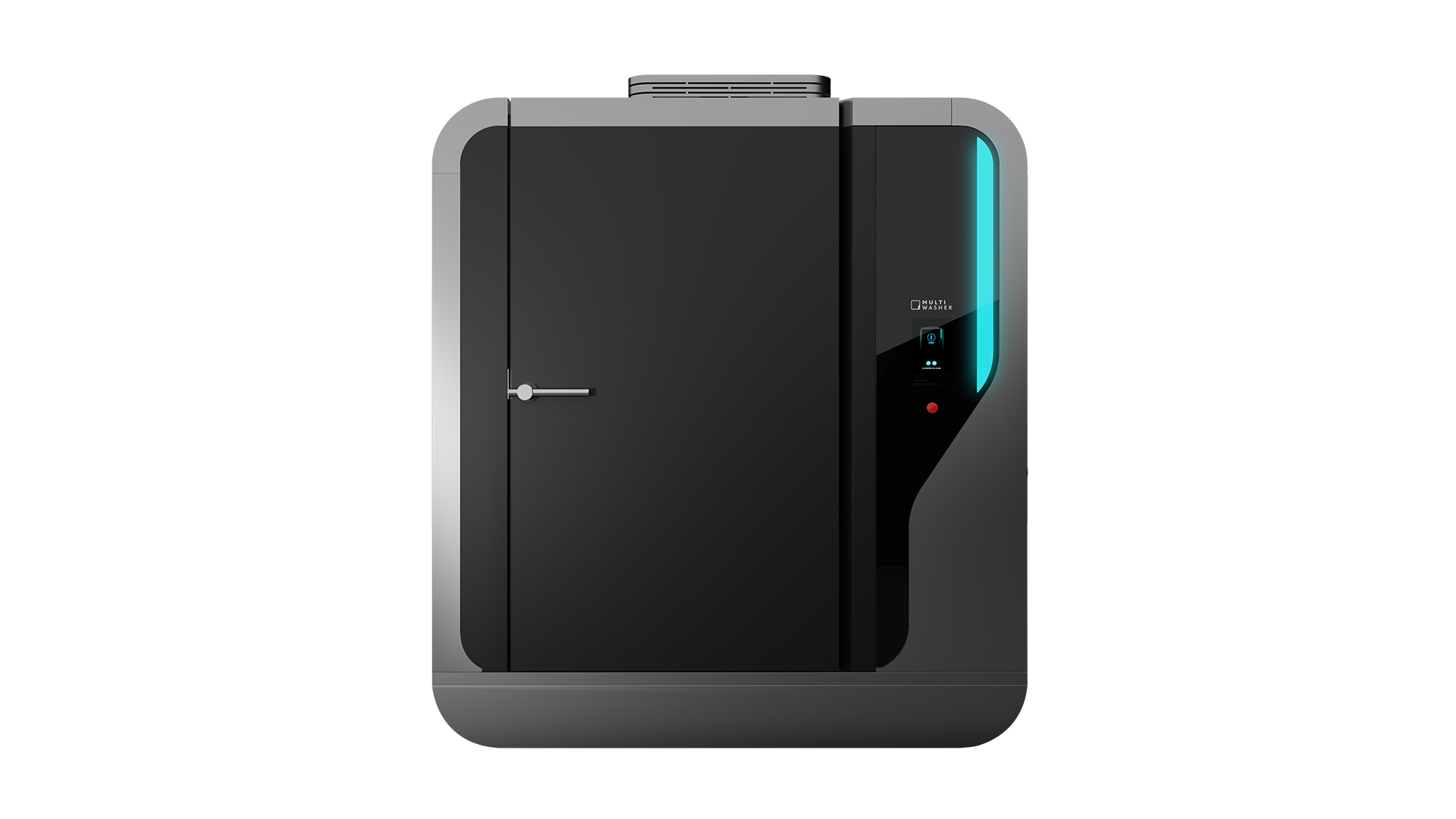






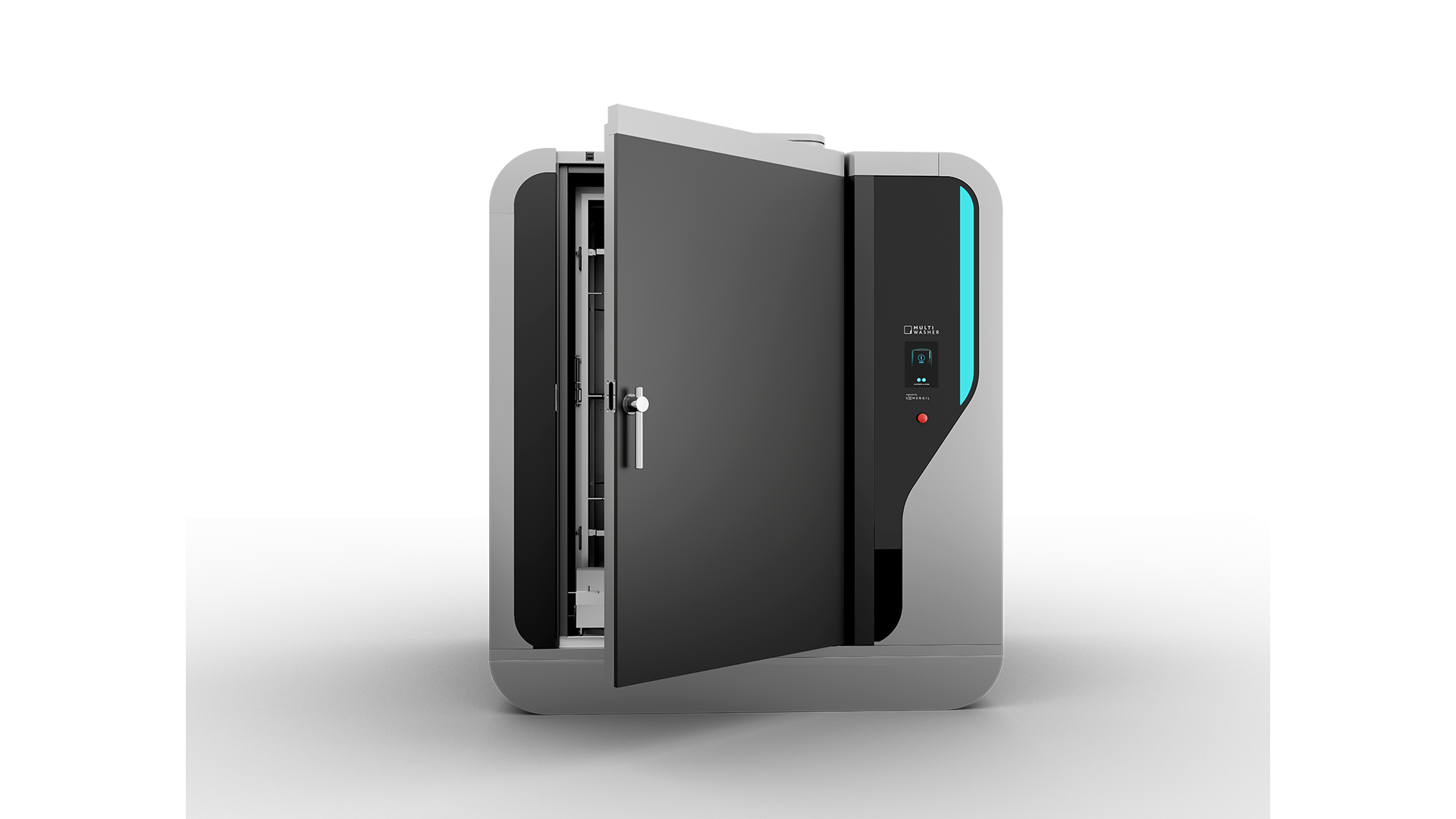

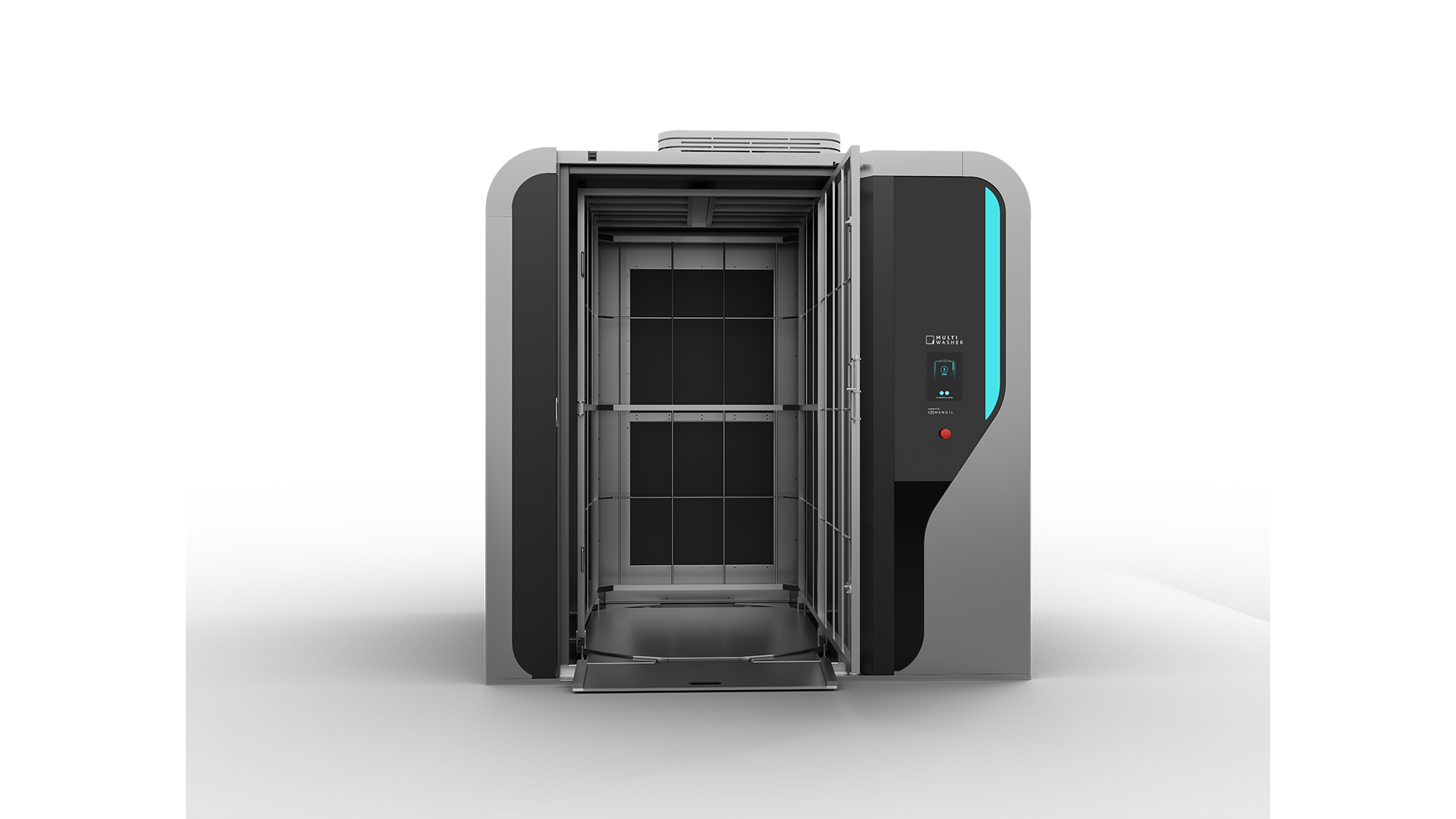



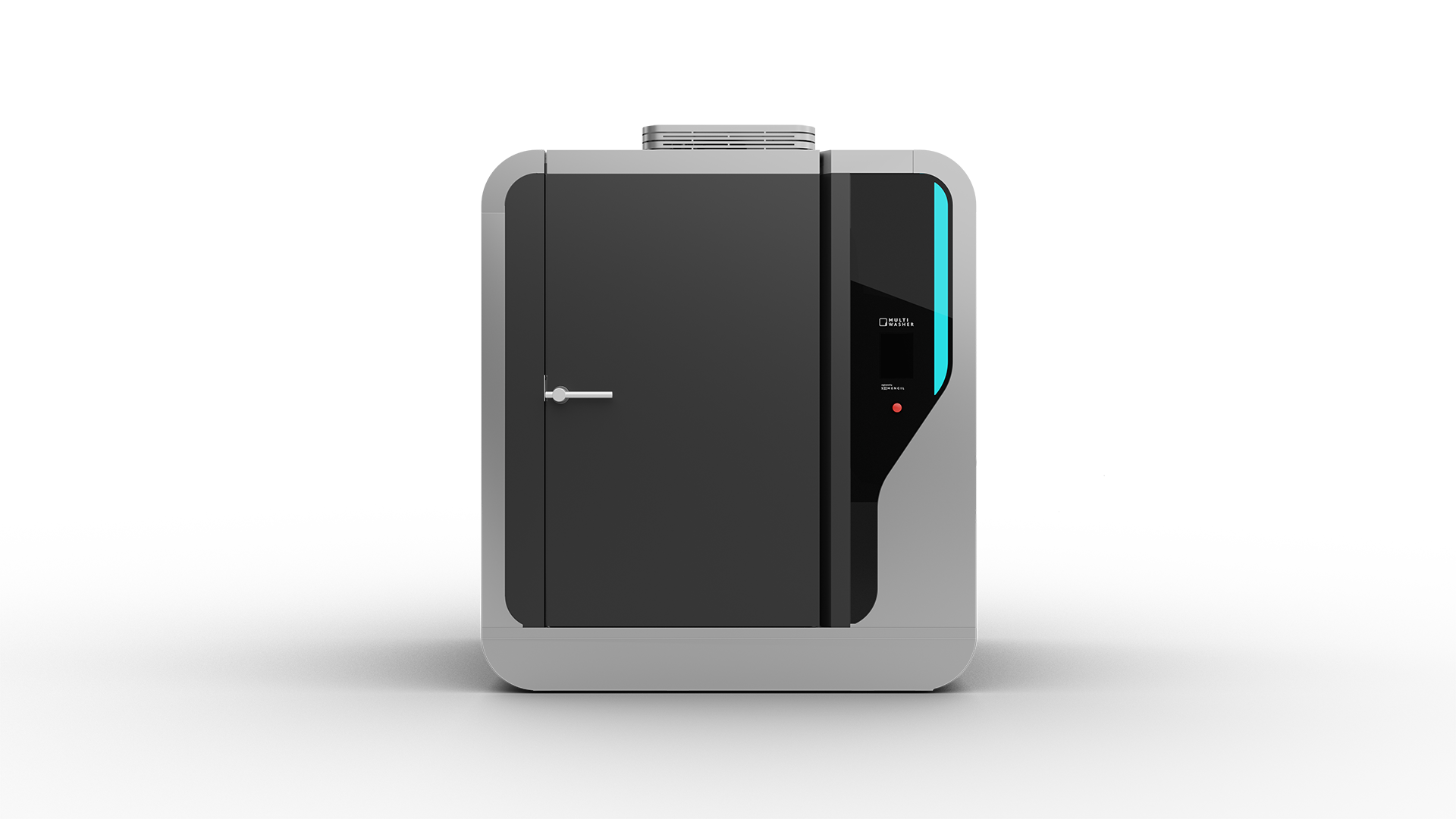





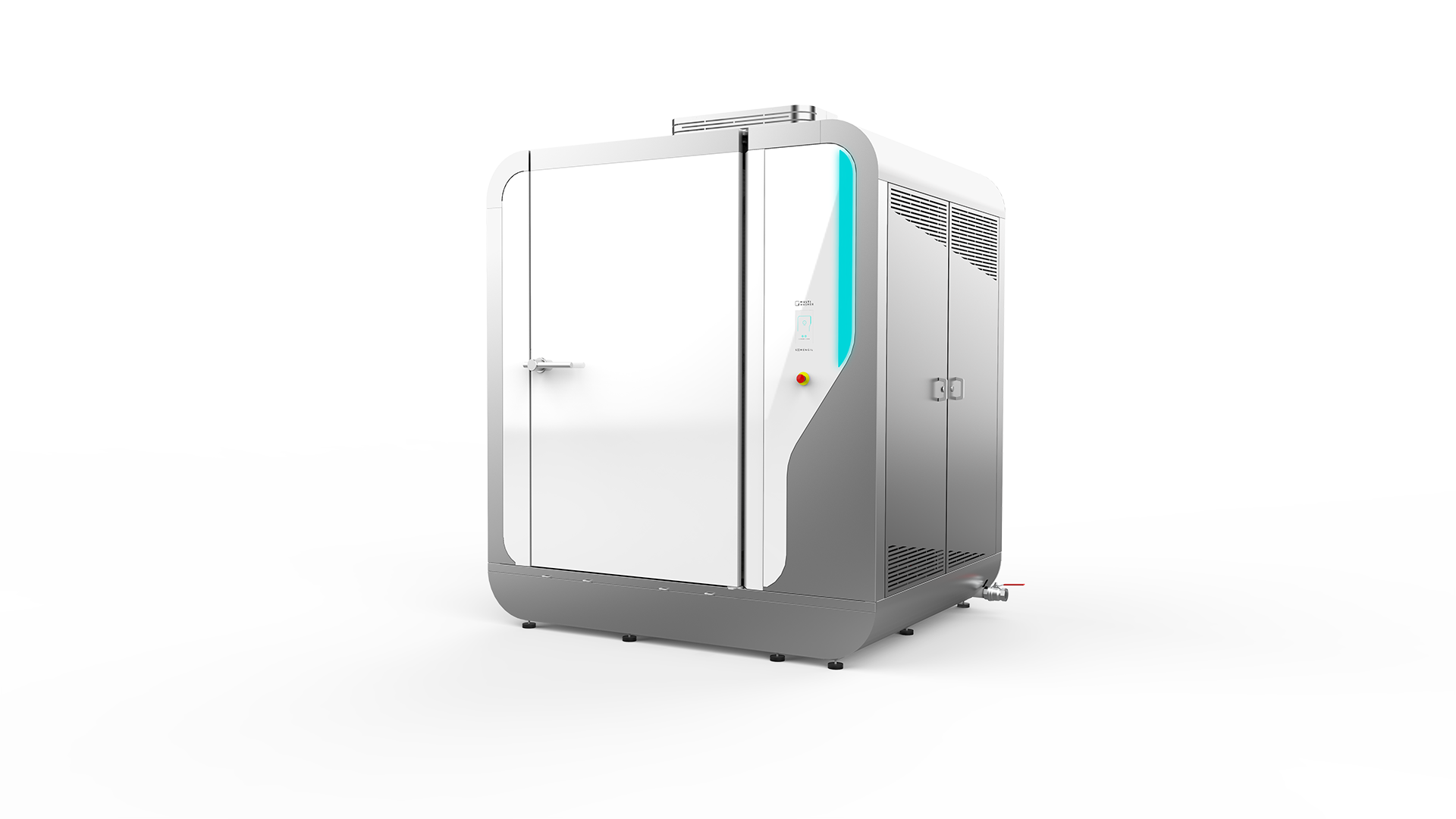
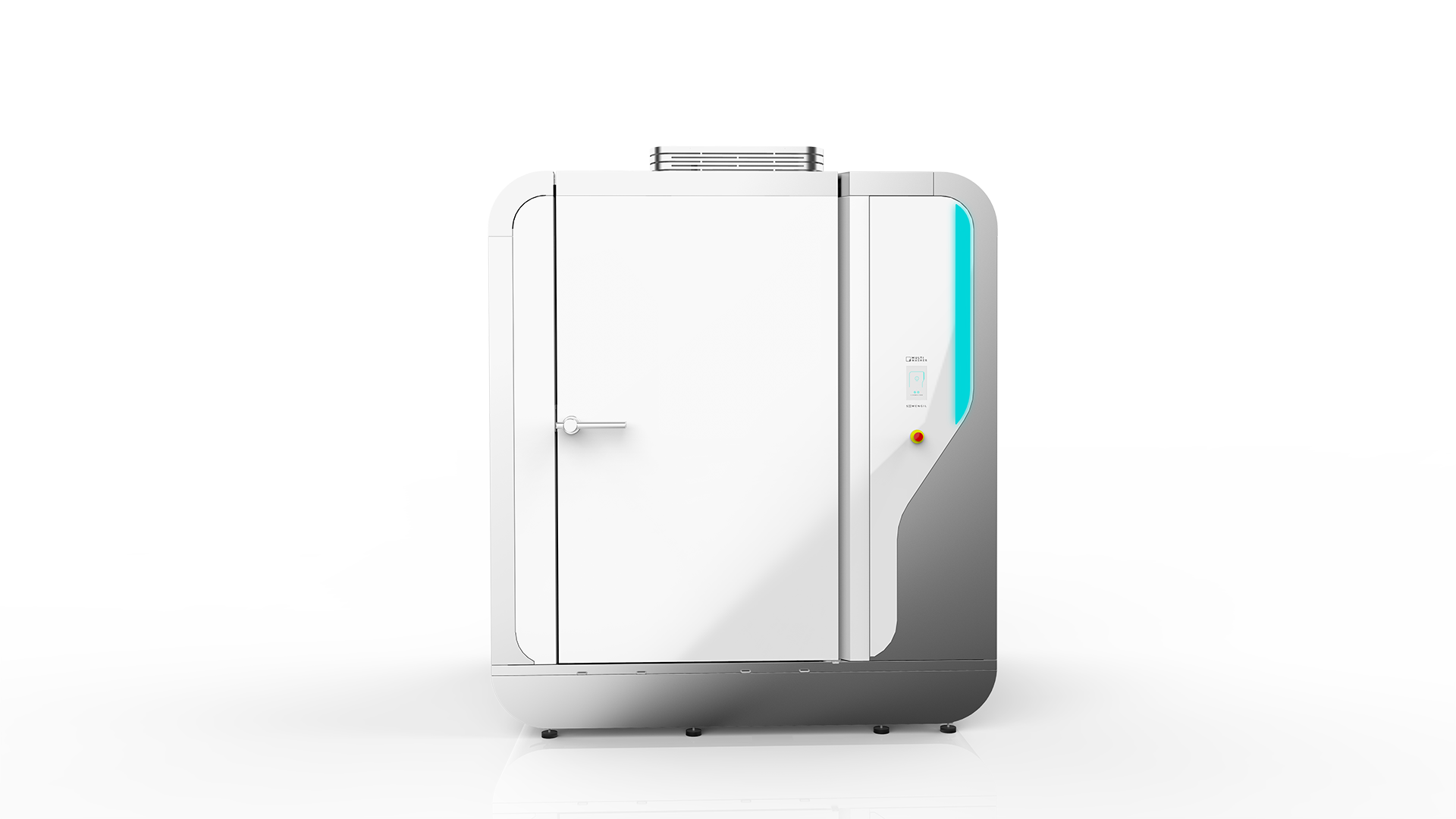
 Portugal
Portugal United Kingdom
United Kingdom United States
United States France
France Spain
Spain Germany
Germany Romania
Romania Italy
Italy Czech Republic
Czech Republic Finland
Finland Hungary
Hungary Slovakia
Slovakia Greece
Greece Lithuania
Lithuania South Korea
South Korea Russia
Russia Saudi Arabia
Saudi Arabia Poland
Poland Brasil
Brasil Hebrew
Hebrew